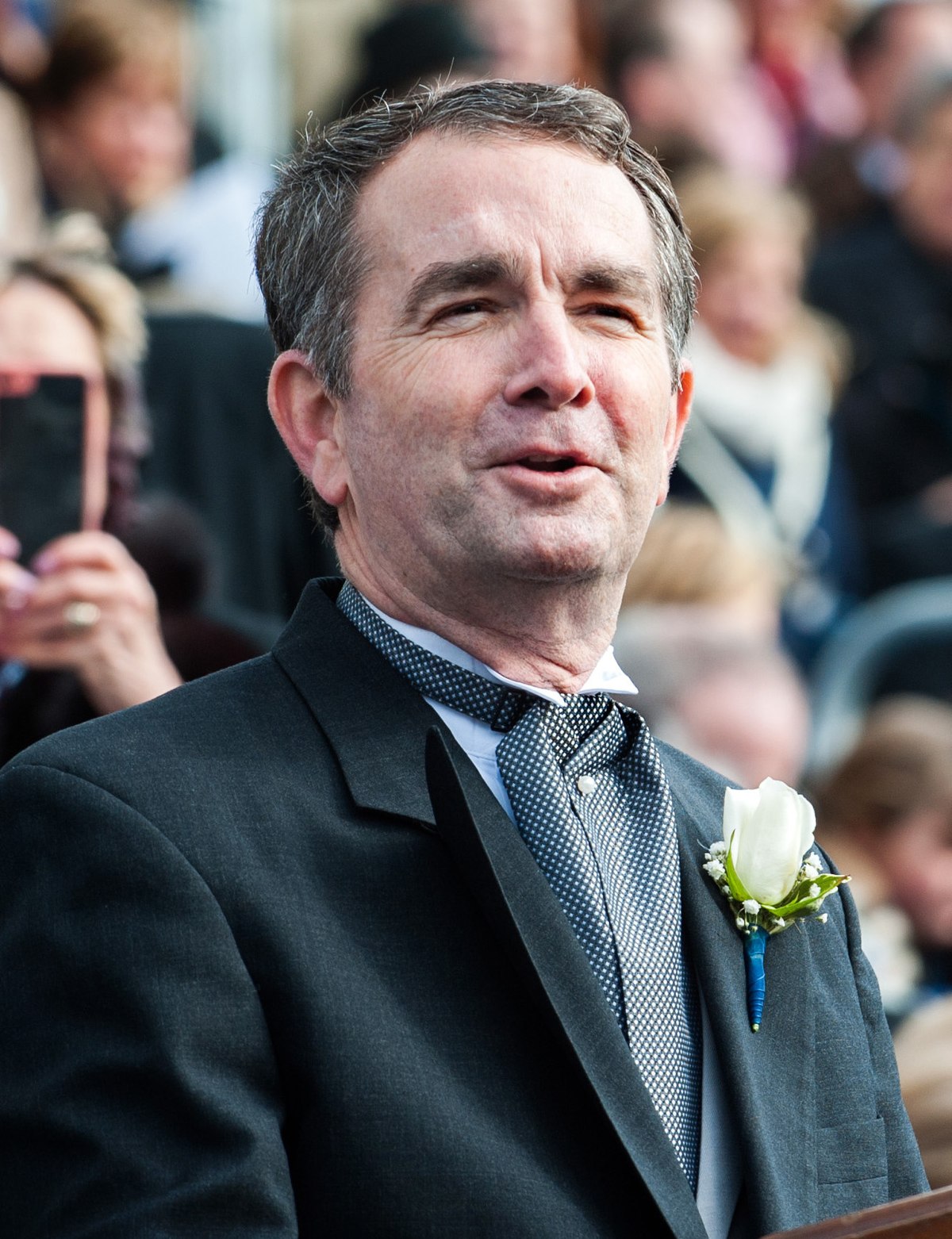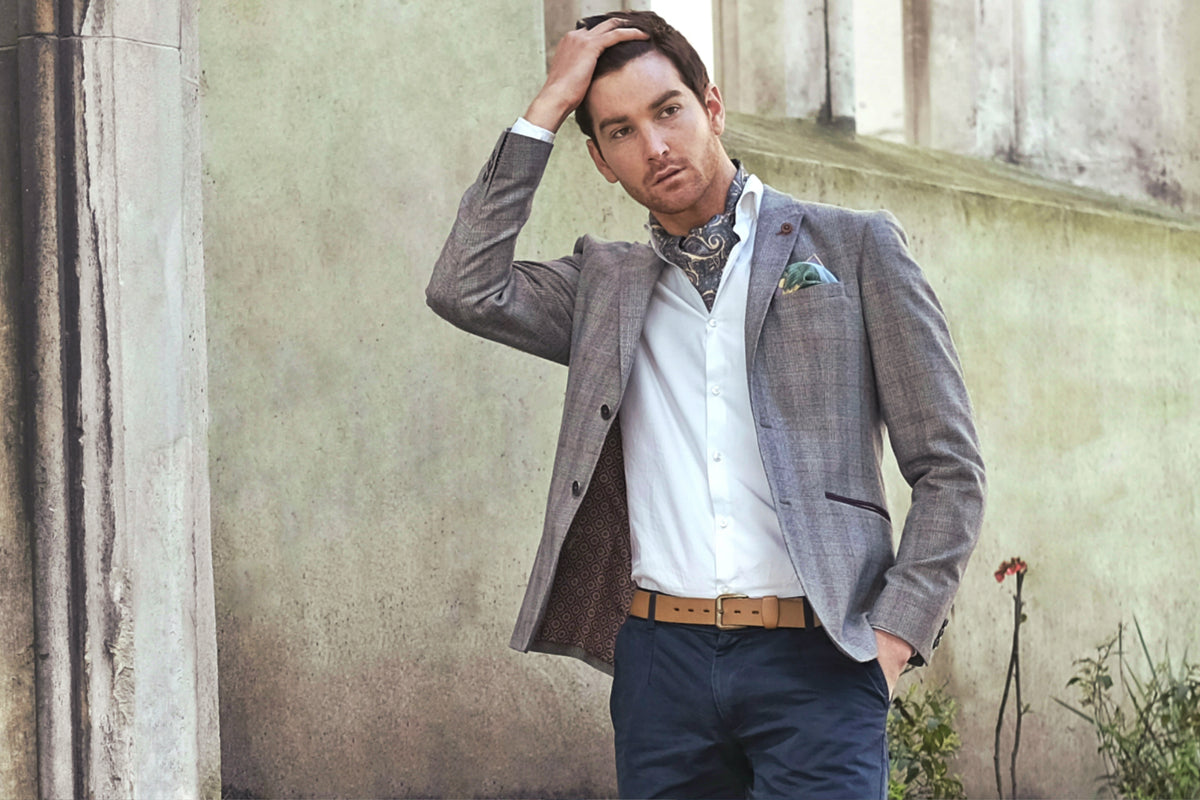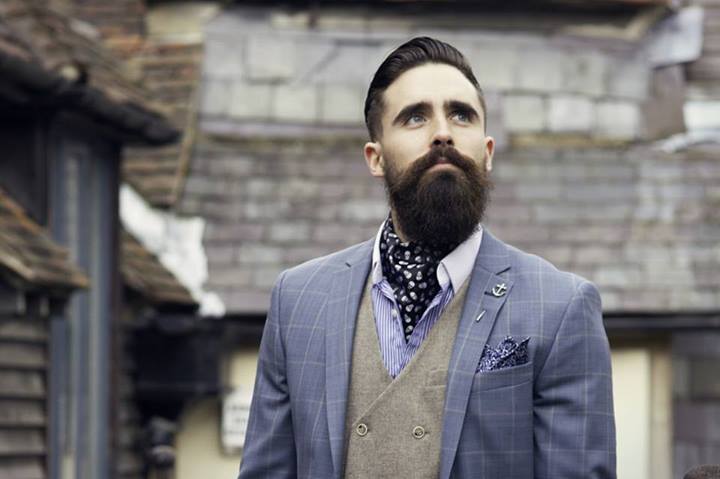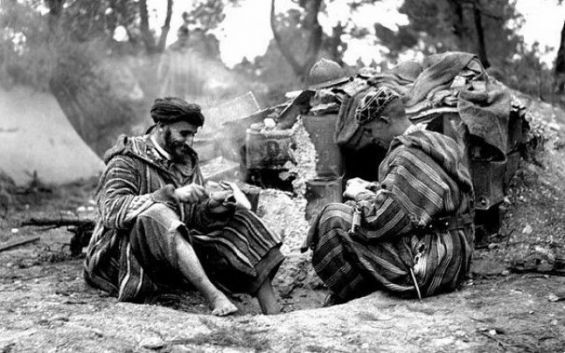Traditionally, Japan didn't have a nudity taboo, or at least not as much of one as today. Western visitors in the 19th century were shocked at seeing mixed bathing and riverside bathers openly dressing and undressing by the side of the road. I understand that it was partial undress and not being fully nude that was considered to be erotic and sexual, as you can see in shunga prints of the time.I have often wondered what the world would be like if a society with no nudity taboo, like the indigenous South Americans, had become dominant instead of Europe.
You are using an out of date browser. It may not display this or other websites correctly.
You should upgrade or use an alternative browser.
You should upgrade or use an alternative browser.
Aside from Western-style clothing, what alternative forms of clothing could have remained popular?
- Thread starter Shutenmaru
- Start date
No dice, I'm afraid.What about cravats or ascots? I feel like they could've been more popular or even replaced existing neckties.
However, I do know that the cravat was popularised by decree, similar to the toga. At the court of Louis XIV, there was a company of Croatian mercenaries who wore cravats, and Louis liked them so much that he made cravats mandatory for all men of rank at Versailles. So, "cravat" derives from "Croat." I guess if Louis had favoured his Scottish mercenaries instead, fashionable young dandies would be wearing kilts.
Arnt neckties derived from cravats?What about cravats or ascots? I feel like they could've been more popular or even replaced existing neckties.





Ritual nudity is still a thing in many parts of the world. Some Jains, Hindus, and Buddhists eschew clothes for certain ritual purposes, though this is generally only in certain settings where it'd be acceptable.Traditionally, Japan didn't have a nudity taboo, or at least not as much of one as today. Western visitors in the 19th century were shocked at seeing mixed bathing and riverside bathers openly dressing and undressing by the side of the road. I understand that it was partial undress and not being fully nude that was considered to be erotic and sexual, as you can see in shunga prints of the time.
Non-sexual recreational nudity is a thing, too. Naturism/nudism is a thing, again, generally confined to designated spaces (nude beaches, nature reserves, hiking trails, etc etc). Things like bathhouses or gymnasiums (in the Greco-Roman tradition) were also spaces of communal activity where one was expected to be nude.
In hot but really dry climates, its better to be covered with light breathable cloth. It protects your skin and creates an evaporative cooling effect where you have a little microclimate you carry around with you. The guys picking cotton in Arizona or southern California will usually wear a cotton long sleeve shirt buttoned at the wrists and the neck.From what my female friends + family tell me -- it actually isn't all that hot. They're lightweight, breathable, and generally more comfortable than they might look to the uninitiated.
With how many styles seem to be adapted from horse gear (horse riders were usually upper class), I am a little surprised that some kind of high boot or lower leg wrap didn't become part of normal formal wear.
Man I wish, I love the aestethic of high boots but there aren't really many masculine versions being sold here (other than rubber Wellingtons I suppose).
I do too now that you mention it. High glossy leather boots really swagger.Man I wish, I love the aestethic of high boots but there aren't really many masculine versions being sold here (other than rubber Wellingtons I suppose).
There is just a lot of room for very different styles even within western clothing. Frock coats used to be standard stuff for example.
I sometimes wish that mid-19th century military tunics made the jump into civilian fashion.There is just a lot of room for very different styles even within western clothing. Frock coats used to be standard stuff for example.
At the very least, men's formalwear would be a bit more colourful.
The baggy pants - worn by the Japanese construction worker on the left - look to increase the risk of tripping while working in precarious places (e.g. high scaffolding).The proper version, not the one invented by an English industrialist - though, IIRC, that was invented because it was less likely to get caught in the machines.
OTOH the tight-fitting puttees worn by the guy on the right present a much smaller trip hazard.
May I please wear tight-fitting pants when working in dangerous places?
Part of a recurring industrial revolution trend towards snugger-fitting clothing that can be made cheaper because it uses less fabric.
Last edited:
Why not?No dice, I'm afraid.
Yeah but we can make a TL where they don't.Arnt neckties derived from cravats?
Pics?I sometimes wish that mid-19th century military tunics made the jump into civilian fashion.
At the very least, men's formalwear would be a bit more colourful.
Yes, the traditional long-kilt included the over-the-shoulder plaid that could also serve as a rudimentary bed roll for shepherds watching their flocks by night. ... but less well-suited (oops! was that a pun?) to Victorian era trains and factories.The proper version, not the one invented by an English industrialist - though, IIRC, that was invented because it was less likely to get caught in the machines.
These days kilts are rarely worn in Canada outside of formal, Scottish celebrations.
Funny how every Canadian wants to invoke his/her Scottish heritage come Robbie Burns Day. Keep in mind that Scots managed Canada for many centuries even if they were serving their English landlords ... English landlords not wanting to visit a country covered in snow for 6 months out of the year. Kilts are less practical when temperatures dip below freezing.
Even odder is seeing Orangemen (one branch of my family tree) wearing orange kilts during Saint Patrick's Day. But Orangemen are a comparatively recent phenomenon (only since 1600 something).
Mind you I did see a passenger wearing a black utili-kilt on the Skytrain yesterday. Since his girlfriend was wearing curved horns, I suspect that they were returning from some sort of science fiction or fantasy gathering/concert/convention.
Goumiers' long coats look best-suited for soldiers standing sentry duty during cold desert nights.Here is a picture of Moroccan Goumiers, which were basically like auxiliary sepoys for the French. Their uniform is very different from typical World War 2 clothing and is very native in appearance. They apparently went into battle looking like this too.


Cowboy boots in America.With how many styles seem to be adapted from horse gear (horse riders were usually upper class), I am a little surprised that some kind of high boot or lower leg wrap didn't become part of normal formal wear.
None of those tiny hats (fez, small beret, yamulka or the tiny skull cap worn by the Pope) made much sense until my hair started to thin. Now I understand that tiny hats protect bald spots from sun-burn.Fezzes would probably be a lot more common, if it wasn't for the influence of Ataturk and other secular nationalists. Initially, the Ottomans and other Muslims adopted fezzes to wrap their turbans around. During the reign of Sultan Abdülmecid I, however, in the 1830s -- when the Janissaries were abolished, and the Ottoman New Model Army was formed -- Western-style standardised military uniforms were adopted, along with Western formal and business attire (for men, at least). The one thing which set Ottoman official + military dress apart was the fez, which was retained (sans turban) to fulfill the Islamic expectation that men keep their heads covered.
This actually spurred some minor controversy at the time, since without the turban, the fez might fall off during prayer. But regardless, the fez became widely adopted by Muslims around the world during the 19th and early 20th centuries, and the fez itself became associated with Islam and (in the minds of Westerners, at least), general "Oriental" vibes -- to the extent that colonial troops from cultures which weren't even Muslim were given uniforms which included fezzes (e.g., British and German East African troops). Incidentally, this was also around the time that the crescent became widely seen (by Muslims and non-Muslims alike) as a symbol of Islam, even in places far removed from the Ottoman Empire.
The fez was banned by Kemal Atatürk, as were so many other aspects of Ottoman and Islamic identity. It fell out of favour in the Arab world for multiple reasons. In Egypt, it was associated with the much-hated monarchy; in Iraq and the Levant, with the Ottomans and with the British/French Mandates; and in the Peninsula, it was never all that popular anyway; (though it's still going strong, sort of, in the Maghreb, where it was invented). Secular Arab nationalists like Jamal Abdel-Nasser or the Baathists had little love for it. So the fez today is seen as just kind of quaint, for the most part, where it was once as expected in formal settings as a necktie.
Ah! Too soon old and too late wise.
Medical doctors in North America only recently (within my life time) abandoned neck ties after they discovered how many thousand bacteria can lurk on a neck tie. IOW neck ties were abandoned because they spread germs between patients.Speaking of -- after the Islamic Revolution in Iran, neckties were considered a symbol of Western influence. They were never banned, but they became disfavoured especially by politicians and government workers, who will wear the rest of a Western-style business suit just without the necktie.
As late as World War 2 (1939 to 1945) some German and American (e.g. General Gorge Patton) officers wore wide riding pants even though they mostly travelled by staff car.With how many styles seem to be adapted from horse gear (horse riders were usually upper class), I am a little surprised that some kind of high boot or lower leg wrap didn't become part of normal formal wear.
A few western armies were ascots with combat/field/campaign/UCP uniforms. They tend to wear ascots during garrison duty or semi-formal parades that do not require formal parade uniforms with ties. In the Canadian Army, ascots eveloved from random neck wraps worn by tankers to wipe dust off of their goggles. By the time I enlisted, ascots were merely decorative frills held on with Velcro .... with zero remaining practical purpose.What about cravats or ascots? I feel like they could've been more popular or even replaced existing neckties.





OTOH 21st century Western warriors adopted shemaghs when fighting in deserts. Shemaghs are big enough to provide camouflage or practical protection during sand storms,
Share:
